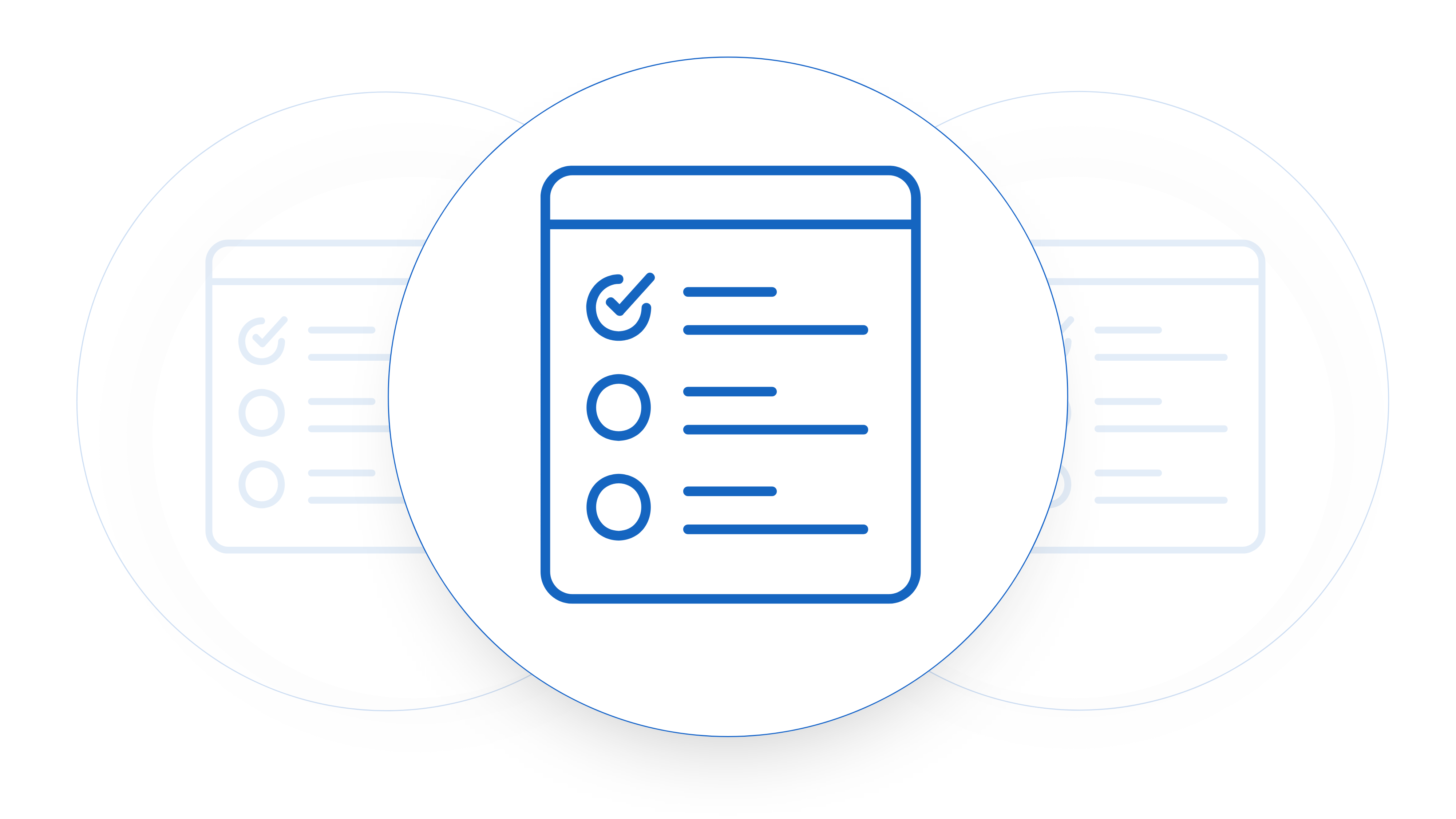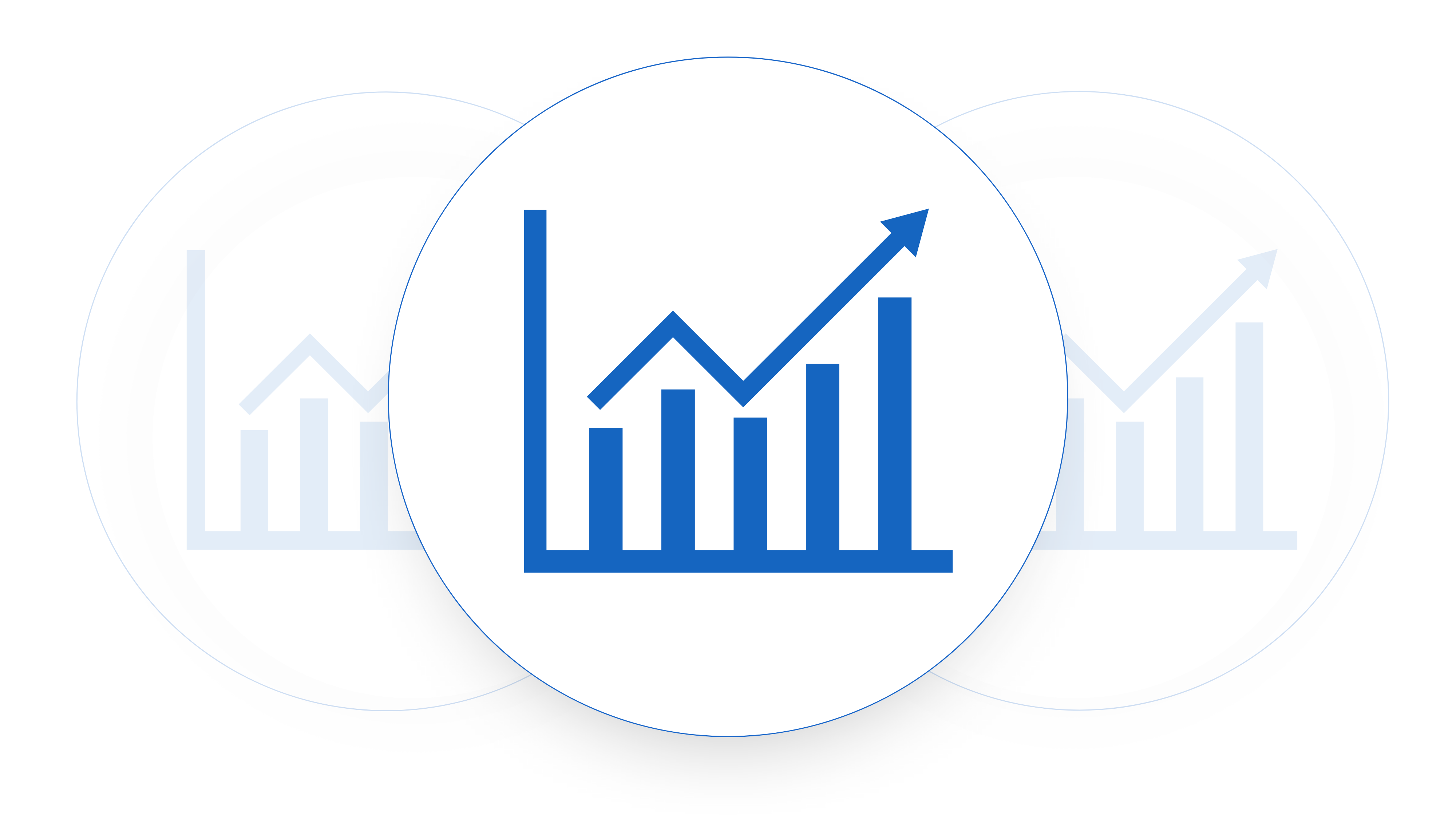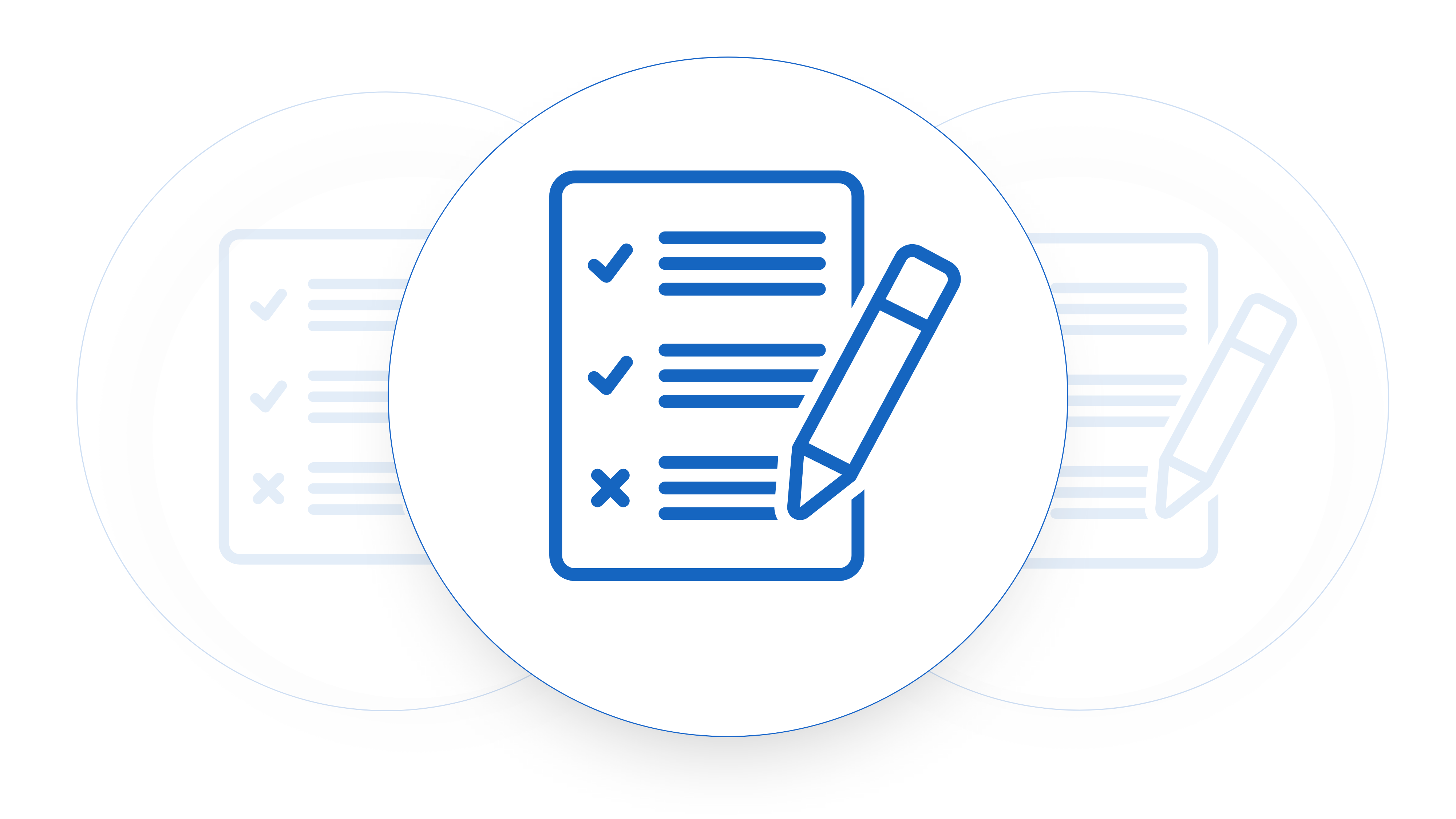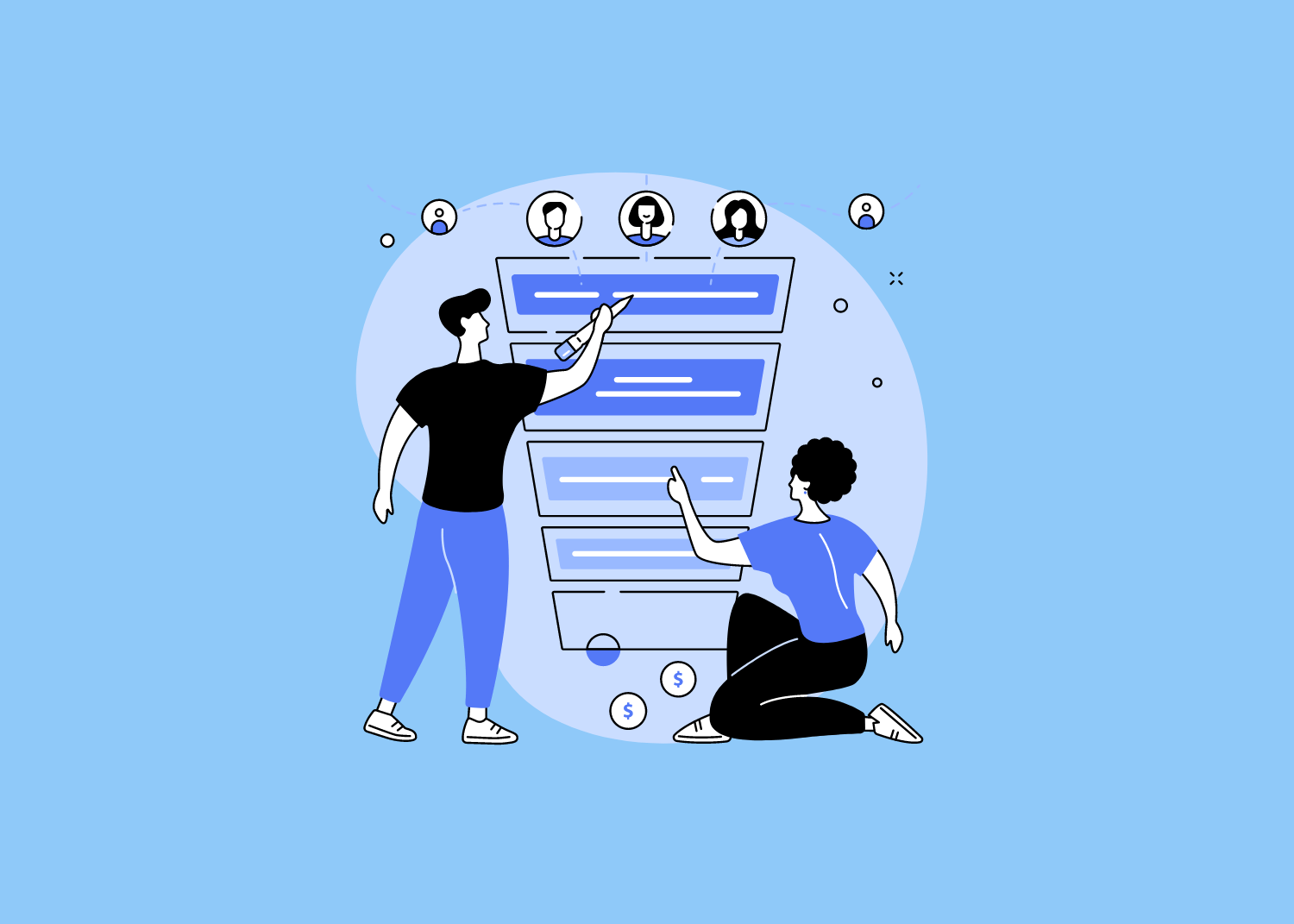As you start to get your business up and running understanding the stages of a SaaS sales pipeline will help you to for operational guidelines around what’s happening in sales. The pipeline can come in a number of forms, for the sake of simplicity we’ve chosen a very standard set of sales pipeline stages to demonstrate how a customer goes through the buying process.
Discovery Stage
Once an opportunity has been created against a lead the discovery stage is the stage at which you are educating the lead about what your product offering is. It is also the stage at which the BDR/SDR is discovering more about whether the lead is worth passing on to an account executive for an in depth demo of your product.
What am I discovering?
During the stages of a SaaS sales pipeline you are discovering the answer to one simple question: is this lead someone that would buy our product? And your lead is discovering more about your product. It seems simple but this is what discovery is all about, sifting though the dirt to find the gold. This involves learning about where pain points sit with the lead, why they are looking for a product to solve this and their urgency around this. It is also your first human interaction with the lead so you want to be putting forward a good representation of your company and what you can do for them.
How am I discovering it?
Going though the process of qualifying a lead is an artful one when you are both looking to get information out of a lead but also looking to create a relationship with them. Every good sales process starts with that relationship creating and people will often tend to buy from those that they like so it’s important to move though the qualification process without sounding too much like a SaaS sales person. Asking questions around qualification at the right time in the process is important and framing them inside the pain point that the lead is looking to solve is also important. Here are some questions that can help with this process:
“How much is this pain point costing your company each year?”
“Do you have other people helping you with this project or is it something that you need to sign off on?”
“Take me though how you do things at the moment”
“When are you looking to get this solved for the team?”
What next?
At the end of discovery there should always be a prompt on next steps, always. Without a discussion of what’s next you will lose a lead unless they have a lot of need for your product specifically. The next step is generally scheduling a demo call with an account executive for a deep dive into the product and what it can do for them.
Stages of a SaaS Sales Pipeline: Sales Qualified Lead
The meeting booked stage is often when the lead sees what your product can actually do. Up until this point most leads will have been searching for a solve to their pain point and had a chat with a BDR/SDR to validate their need. At the end of the discovery phase the BDR/SDR will have booked a demo with the account executive (AE) that will be taking the lead though the rest of the sales pipeline. The AE will be using the demo to both show the lead the product and all the feature that they will be able to use but it also serves two other important functions. The first is to validate the BDR’s qualification of the lead and the second is to build a relationship with the lead.
Sales Qualified Lead (SQL)
BDRs/SDRs will qualify a lead during the discovery stage and book a demo with the lead. This is often the first stage of qualification and sales people in these positions are often very junior and their qualification of a lead needs to be confirmed by the AE to ensure that the lead should continue. This is the process of moving a lead into the stage of being a sales qualified lead and is quite an important one because often BDRs/SDRs earn commission on their ability to deliver SQLs. The AE works as the gatekeeper to say ‘yes this is a SQL’ or ‘no this is not a SQL’.
What is or isn’t a SQL?
The AEs job is to iterate on the qualification work that the BDR/SDR did in discovery first. This is just to ensure that the more junior sales person isn’t just qualifying any and everyone. The second stage of this qualification is for the AE to use their more senior knowledge to understand if this lead should carry on in their sales journey. This knowledge may include but is not limited to things like knowledge of the current customer base, a lead may have signed up not knowing that their company is already a customer in a different region. The knowledge may encapsulate regional knowledge or product knowledge that would disqualify a lead for some reason.
The general rule here is to have layers of qualification so your time strapped sales team is focusing heavily on the leads that are most likely to close at all times.
Building the relationship for contract negotiation later
The best SaaS sales leaders are those that are great at building relationships. One of the core goals of the demo is to pass the initial relationship created with the BDR/SDR over to the AE. This is usually done by introducing the AE as the expert in the product and describing their role as an educational one and a role that has intimate knowledge of the pain point that is being faced by the lead.
This introduction usually focuses on product and industry knowledge that the AE brings to the conversation. A good BDR/SDR will brief the AE with notes from the original discovery meetings to allow the AE to start the conversation from an educated position.
Demo of the product
In the brief that the BDR/SDR provides the AE there should be notes regarding the pain points that are being faced by the lead. It’s the AE’s core objective in the demo to match the pain points of the customer with the features of the product. Put very basically – how do we get you from pain to problem solved in the fastest way possible.
What to do at the end of the demo?
The end of the demo is often a point at which sales deals get stuck. What do we do now? Who should take action? What action should they take? One way to approach this is to make a deal with the lead that you will do something for them for a small request in return. This often comes in the form of helping them get their first steps on the platform and in return they will introduce you to a decision maker, a budget decider or have their legal team look at your terms and conditions. This is often a good way to keep the deal moving after an initial demo.
Qualified sales lead??
We have a qualified lead??!? What the hell do we do now?
Well this is what you started a business and built a product for. The qualified lead stage is time to start pushing that lead down the decision making process. This stage can be a little ambiguous but there are a lot of important factors that need to come together before the lead can progress to negotiation.
The qualified lead stage is when the account executive focuses on building the value that can be provided to the lead, ensuring that all the right people are involved in the discussion and introducing an outline of pricing if it hasn’t been introduced previously.
Building value with the lead
Building the notion of how much value your product can bring to a lead is very much focused on digging deeper into the pain point that the lead has. Often a particular issue that a company is looking to solve hasn’t been completely fleshed out before a solution is searched for. You, as a sales person for a tool that has been built to solve problems like this, will most probably have experience speaking to multiple people who have the same or similar issues. The other piece of expertise that you are armed with is a product that is designed to solve both a core issue but also the associated issues which each of your features have been built to address. This means that you can pull the proverbial tread of the pain point a lead has until it unravels into a larger set of issues that you’re able to solve.
This is an exploratory phase where you can ask questions like “a customer I chatted to last week was in a similar position and also found that XYZ, do you find that to be a problem too?”
The more the problem is unraveled the more you can build value in your offering to the lead. It also works as a prompt to bring in other members of the leads team into the discussion. The aim is not to muddy the waters with more decision makers but to increase the addressable pain point.
Ensure the right people are involved
This is a simple one but there are often people that you are unaware of who need to be involved in a conversation during particular stages of a SaaS sales pipeline. You may be speaking to the main decision maker but once the decision has been made you might run into a wall of a legal team or a procurement team that have a hundred questions or a security review that will slow the sale down. To avoid this it’s best to ask the lead what the rest of the sales process looks like and if you should involve legal or security at this stage to get things rolling.
Introducing pricing
Pricing is often touched in prior stages of a SaaS sales pipeline but if it hasn’t this is a good stage to introduce it. The price conversation is quite informal and the goal is to ensure that you’ve presented a number of pricing structures for different implementations. One useful tool here is to introduce the concept of a pricing timeline to speed up the rest of the sales cycle. If you are able to offer a price discount for closing a deal by the end of the month or quarter this is the time to mention it.
Negotiation is where the rubber hits the road. You have all of the right people in the room and all of the options on the table. This is the time to work on which tier of pricing the lead would want and what, if any discount you can give them. This is also the time that you rely on the relationship with the buyer to work though the negotiation. Often the buyer will not be the main negotiator, it may be procurement, legal, a financial decision maker or any number of other people. The key is that you’re working with the buyer to provide them with justification points as to why the company should spend this money.
SaaS Contract Negotiation
Financial negotiation
Negotiating on price has a lot of things to consider. Does the buyer have the budget for only a short time, how much do they need the solution and when do they need to pay for it once they start out. Time value and discounts are often one of the most powerful tools you can use in a financial negotiation. Here are some variations that can be used:
-
Buy by the end of the month/quarter and get a discount
-
Sign up now and get a month free
-
Sign up now but get sixty days to pay
-
Pay on a monthly, quarterly or annual basis with discounts for annual upfront payment
SaaS Legal Negotiation
Legal negotiation is often a long draw out one. It is best to have a strong understanding of what is flexible and what is not. We’ll cover this in another lesson as it is very complex but as a rule of thumb these are some of the things that you should be careful with:
-
Liability
-
IP clauses
-
Legal jurisdiction
-
Ownership of content
-
Break clauses
Once you’ve closed off your contract negotiation you’re ready to close that deal! After going through all of the stages of a SaaS sales pipeline a deal is either closed won and we celebrate or closed lost. Enjoy the process!












